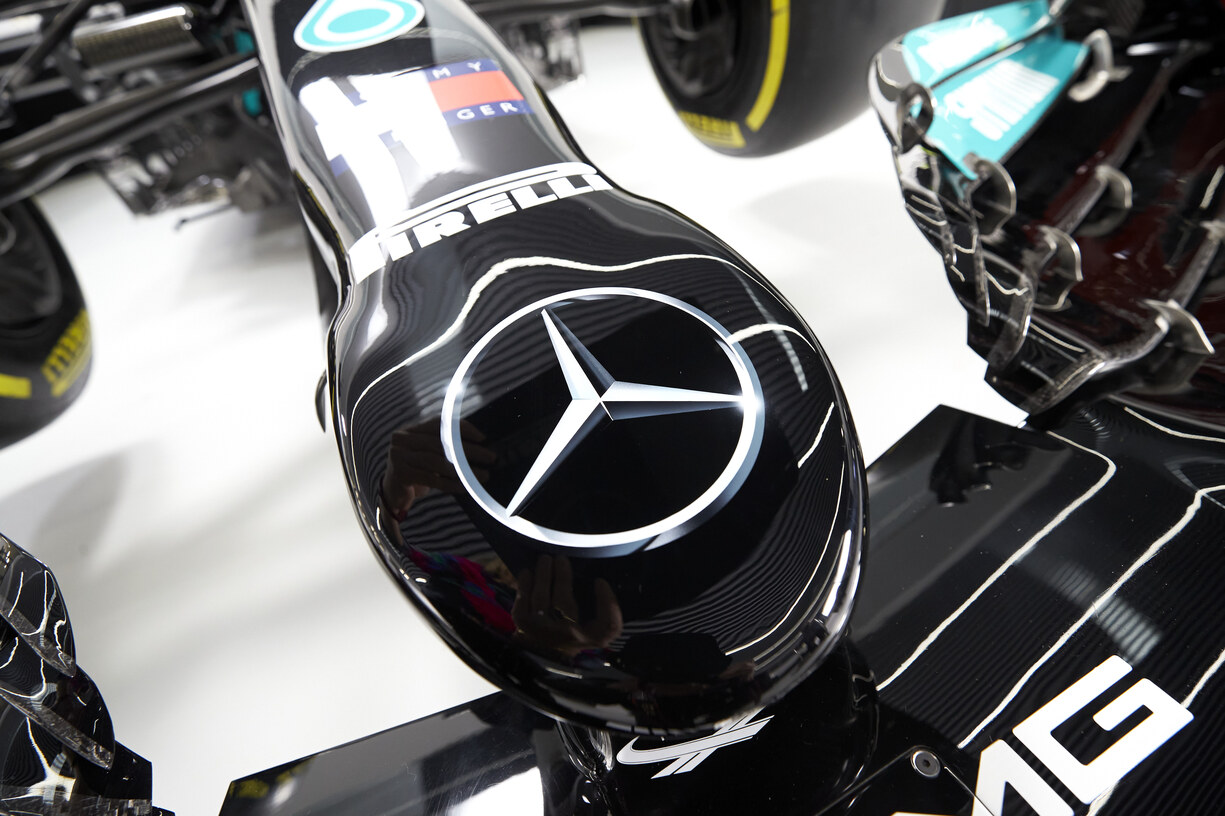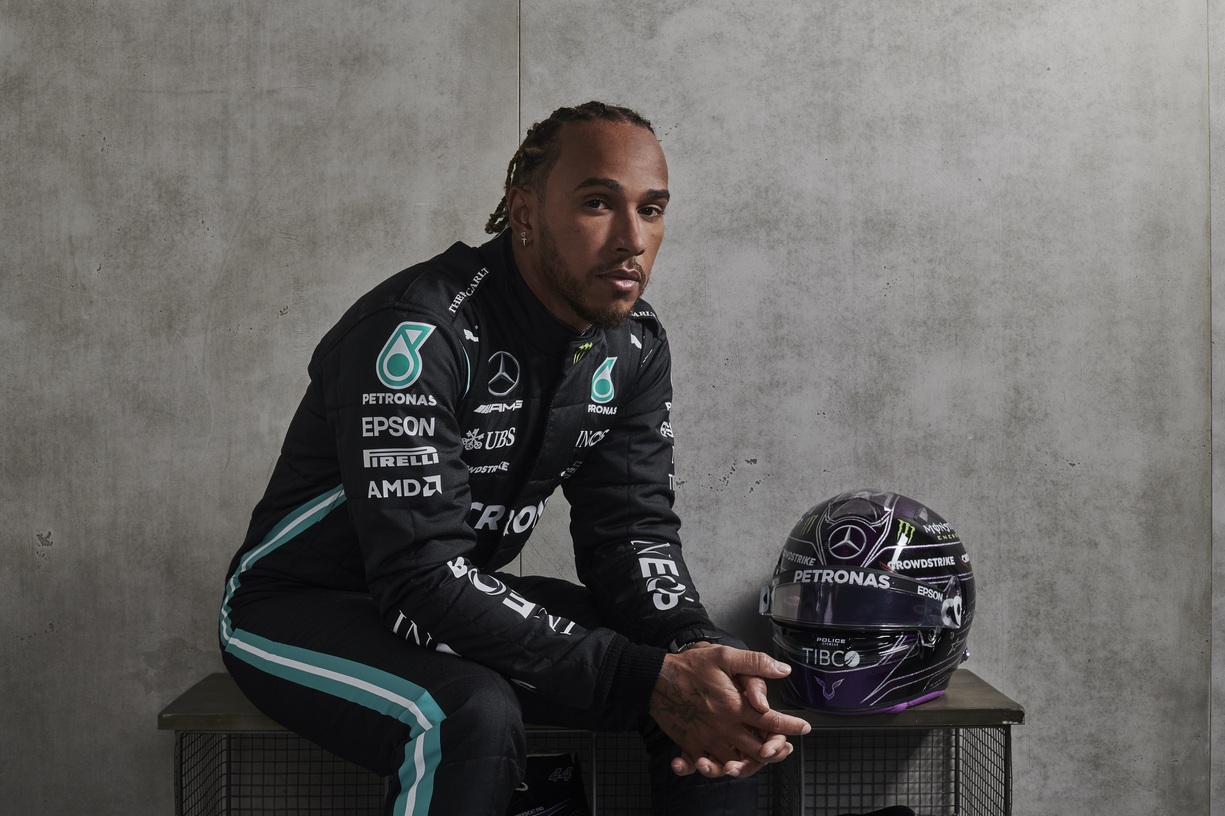Finding the edge with the Power Unit
Developing the new M12 Power Unit, Mercedes AMG High-Performance Powertrains have been chasing every possible improvement to deliver a step forward when it hits the track in all eight of the cars it will power this season.
“We are going into the eighth season of pretty stable regulations, so we have a good understanding of the current hybrid engines,” said Hywel Thomas. “Our new product is a characteristic Mercedes-AMG Power Unit, but we’ve worked hard to take the next development step. Stable regulations mean that it’s getting increasingly challenging to unlock additional performance, so you need a focused approach.
“We identified three main areas to work on: first, we’ve continued the development of the technology in the Power Unit. That’s a continuous process, and we feel like we’ve been able to take a step forward on that front again this year. The second area is reliability. We discovered some design issues last year, so we’ve been looking at those and introduced some changes to address them. And we’ve also got some completely new innovations that will be in the racing PU for the first time. That was particularly challenging because last season finished late, so the winter period has been shorter than normal and has given us less time to prepare, which put extra strain on the business.”
The hunt for every ounce of performance possible in the Power Unit has been emphasised even further by the regulation changes for 2021, which allow only a single performance specification of hardware rather than introducing upgrades at different points throughout the season.
There’s also been an increased production workload with McLaren joining the stable of customer teams, which has presented an exciting challenge over at Brixworth over the past few months. It’s the first time a McLaren has been powered by Mercedes since the conclusion of the 2014 season.
“A third customer team does put more pressure on the organisation,” Hywel said. “We need to take more engines to winter testing, we need to take more engines to the first race, but we don’t want to freeze our designs any earlier because of that. So that puts some additional strain on the internal and external supply chains and the build and test team, to be able to develop the design for as long as possible. What we gain is another group of chassis designers looking at the PU, looking at how it works, how it’s integrated into the car, how it’s working with the rest of the package. We can add all those comments and ideas into the melting pot of this season and all the subsequent seasons.”
A number of restrictions to Power Unit development were introduced last year, in response to the COVID-19 pandemic, so this has been the first winter period for HPP working with the reduction in dyno hours alongside the singular performance specification for the hardware.
“It’s similar to how wind tunnel usage has seen restrictions for a number of years, but we had to implement the restrictions with
immediate effect for the dyno,” Hywel said. “Now, we need to decide earlier what projects to focus on because we can’t afford to use precious dyno hours on ideas that end up not making it to the car.”
Meanwhile, HPP is also working on significant modifications to the regulations for 2022. While the changes in the Power Unit are not quite as revolutionary as on the chassis side, there’s still a lot of work to do and balancing the requirements of 2021 alongside the preparations for 2022 will be a big challenge over in Brixworth.
“Starting in 2022, F1 engines will be powered using E10 fuels – so fuels that contain 10 per cent ethanol,” said Hywel. “This might not sound like a radical change, but it changes the combustion process significantly, so there’s a lot of development work to be done. There are also some changes around the ERS components.
“Obviously, the biggest changes in 2022 are on the chassis side, which is enormous. That also impacts all of us in Brixworth because putting the PU into a completely new chassis means there will be some changes where the PU is mounted. As the chassis engineers become more knowledgeable on what they need for the car to go quickly, and how they need to position all the systems within the chassis, the impact on the PU will become clearer as well.
“We had already started work on that, as the regulations were originally going to be implemented this year, but now the real
challenges begin. We are full steam ahead to optimise the PU for those significant new regulations. So, our ability to find the winners, the ideas that have the potential to give us an advantage, and back them with the correct amount of resource to develop and deploy them, is going to be key this year.”
Working under the cost cap
Perhaps the biggest challenge for the team this season will be working under the new cost cap regulations. The budgets of all F1
teams are capped at $145m for the 2021 season and this has required significant work behind the scenes to adapt to this new constraint. It’s also prompted the team to adapt its organisation, including the creation of Applied Science – the high-technology engineering arm of the business.
“We had to change the structure of our team, the way we work with each other, streamline our processes and become more efficient,” said Toto. “And we fundamentally believe that the more efficient we are, the more performance gain that will translate to out on the circuit. So, it’s had a huge impact, but it has also provided us with the opportunity to re-evaluate our organisation. That’s why we set up Applied Science, bringing F1 know-how to many different customers, and it’s going to really play a big part in our evolving business.”
From a technical perspective, the cost cap regulations require us to manage resources more judiciously through the year and make sure we spend every single dollar of cost cap money as effectively as possible. The carryover rules for 2021 have somewhat cushioned the impact on this year’s car, but as the year progress and attentions turn to 2022, the cost cap constraints will be felt more keenly.
“We will try to ensure that we protect the rate at which we learn how to make the car go faster, but the cost cap will inevitably
change the intervals between updates,” James added. “We will have to wait longer, and combine the gains into bigger steps, before we spend the money to manufacture them, in order to ensure we don’t run out of development budget early in the season.”






Related Articles